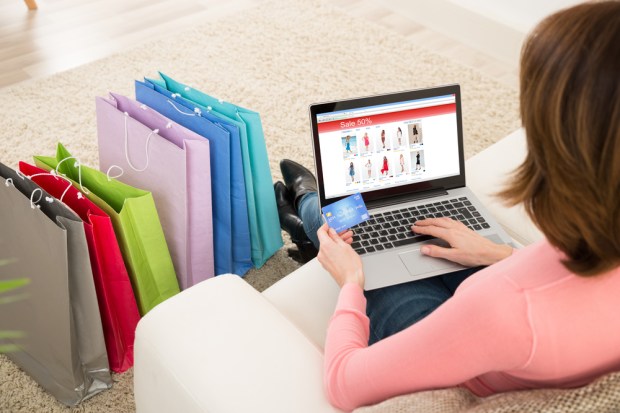eCommerce Throws Off Measures Of Inflation

The huge growth in online shopping is not only keeping inflation at bay, but it is throwing off how inflation is measured.
The New York Times, citing research studies, reported that research backs the Federal Reserve’s stance that eCommerce is the reason inflation never hits the 2 percent target, which is the ideal place to keep the economy going but not let it get overheated. “We don’t have as good measures of the economy as we should, in part because there are many new digital goods and new online channels,” Erik Brynjolfsson, director of the M.I.T. Initiative on the Digital Economy, told The New York Times in the report. “At the same time, digitization of more and more of commerce creates a huge opportunity for much better measurement.”
Take the Consumer Price Index, for one example. According to data from Austan Goolsbee of the University of Chicago and Peter Klenow of Stanford, based on the Consumer Price Index, products sold over the internet increased more slowly from 2014 through 2017 than the Consumer Price Index indicated. The price for computers online fell 12.3 percent in that time frame, but the Consumer Price Index showed a decline of just 6.9%. Meanwhile, the price for toys declined 12 percent online, but the Consumer Price Index showed a decline of 7.8 percent. “A lot of what’s in the C.P.I. is not bought on the internet, like health care and housing,” Goolsbee told the NYT.“Prices are going down a whole lot faster than the C.P.I. shows for the same things.”
Driving the declining prices online is the ease in which consumers can get deals over the Internet. With comparison shopping simple, online retailers have been wary to raise prices. The low barrier of entry for Internet merchants is also keeping prices at bay, given the increased competition. What’s more, those that operate on the Internet can do it at a lot lower cost than retailers with physical stores. Currently, online spending accounts for 10 percent of all retail sales — and according to the report, in some areas of retail represents 50 percent of the sales.